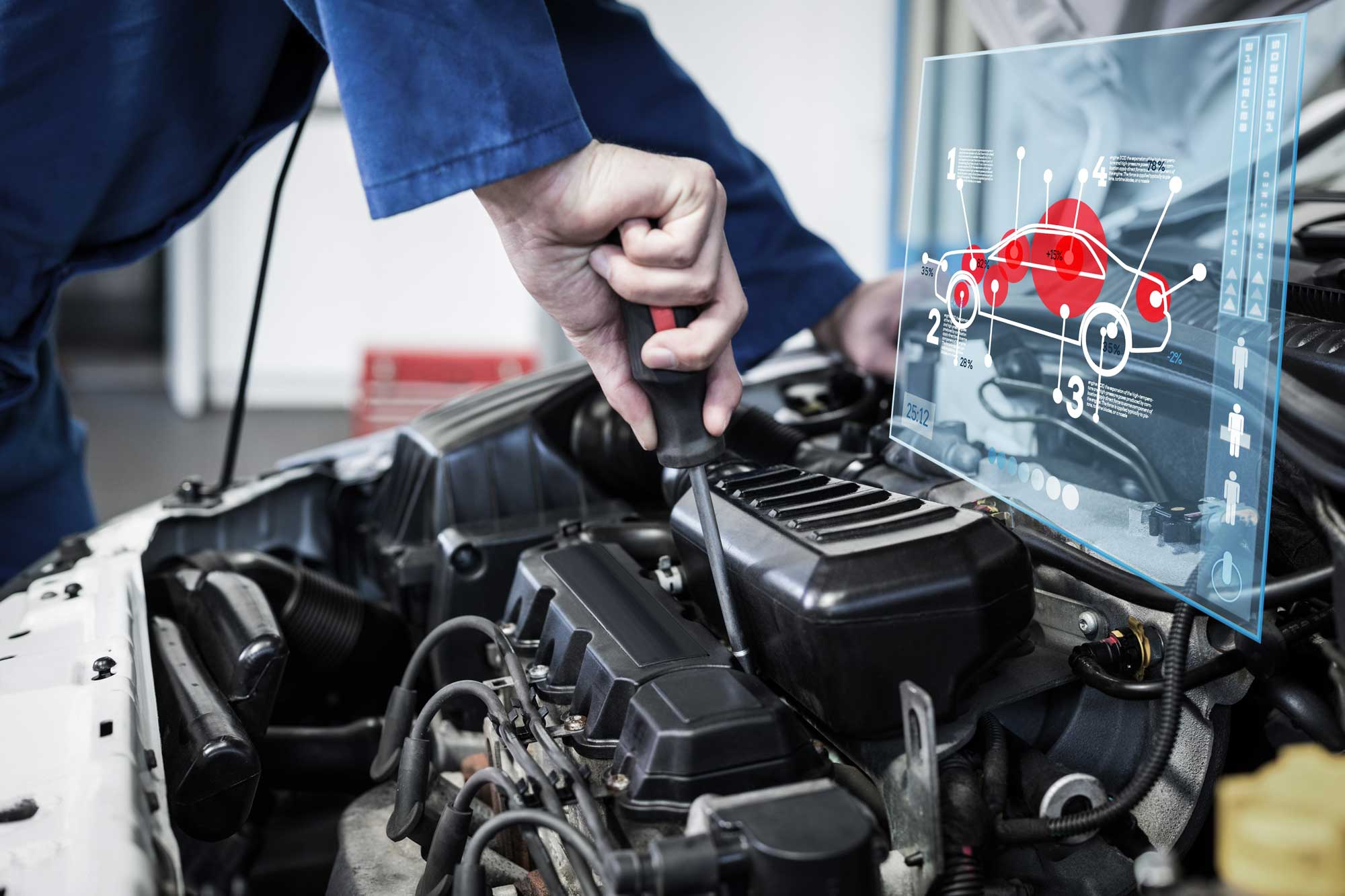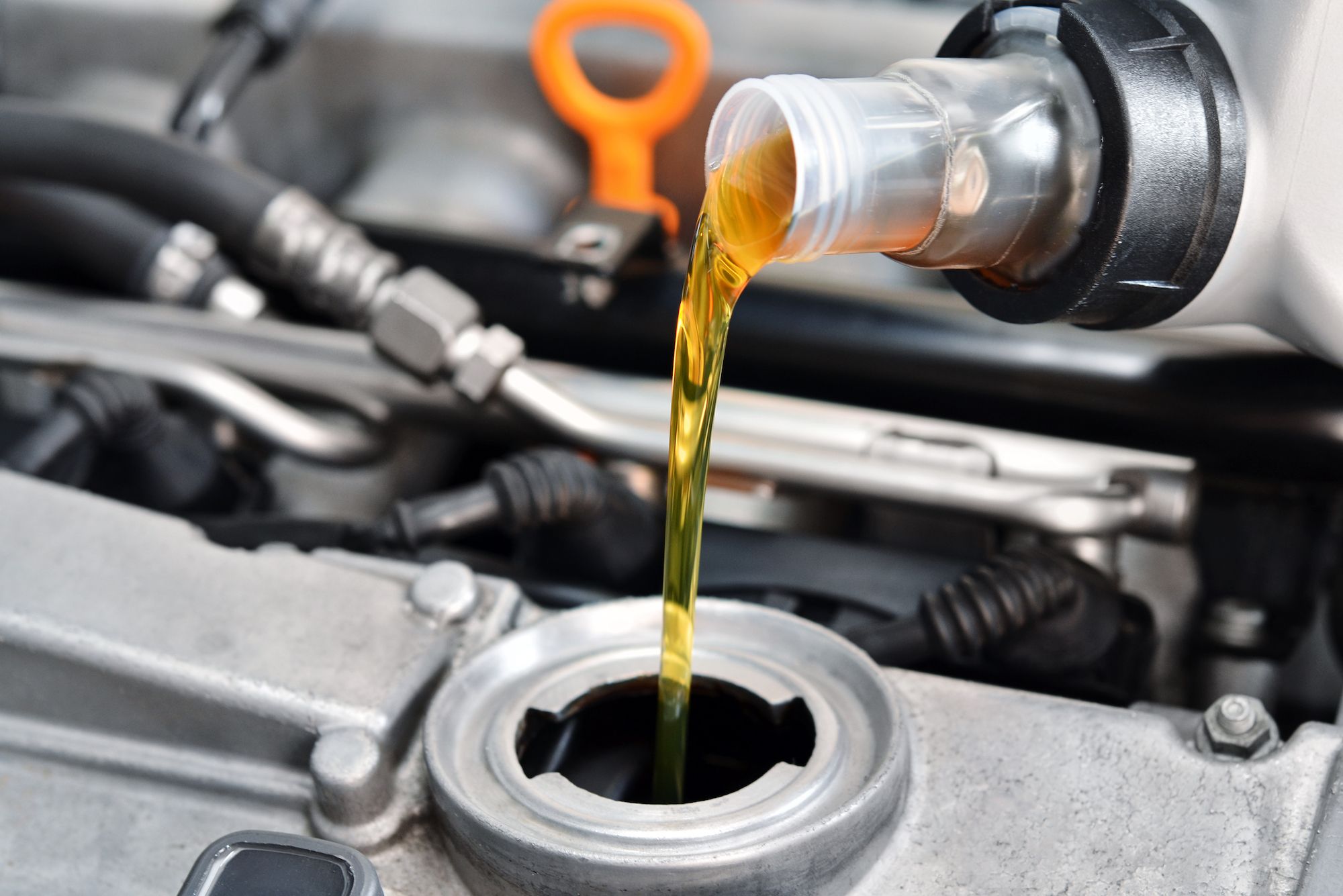All Categories
Featured
When your vehicle experiences a major break down, the expense of repair work can be an overwhelming economic consideration. Whether it's the failure of an important system like the engine or transmission, or the demand for extensive fixings to different elements, recognizing the elements that influence fixing prices can aid you make even more educated choices. Listed below, we describe the key aspects that add to the expense of major automobile fixings.
![]()
![]()
![]()
Final thought. Numerous variables influence the expense of significant vehicle repair work, consisting of the sort of repair, the make and design of your vehicle, the quality of the components used, labor costs, and the level of the damage. Comprehending these factors can aid you make even more enlightened choices and strategy for the economic implications of auto repair work. To minimize the likelihood of costly repair services, regular upkeep is vital. By staying on top of regular maintenance and resolving little problems before they rise, you can reduce the opportunities of encountering costly fixings in the future.

- Kind of Repair. The primary factor affecting the cost of auto repair work is the type of concern your lorry is experiencing. Certain systems in a car, like the engine or transmission, require even more time to detect and fix, which straight translates into higher labor charges.
- Lorry Make and Version. The make and design of your lorry plays a significant duty in determining repair work prices. High-end vehicles and high-performance vehicles like BMWs, Audis, or Mercedes-Benz have a tendency to have greater repair service expenses due to the fact that of their specialized components, advanced innovation, and the knowledge required for their fixing.

- Components High Quality and Accessibility. The high quality of the parts made use of in the fixing substantially impacts the expense. Initial Devices Producer (OEM) components are typically a lot more expensive than aftermarket parts since they are made especially for your car and are ensured to fulfill manufacturing facility requirements. While OEM parts make sure quality and sturdiness, they typically feature a greater price. Additionally, aftermarket parts may be cheaper yet can vary in high quality. In many cases, cheaper aftermarket components could decrease the total repair cost, yet they might not supply the same longevity as OEM parts, which could cause additional repairs down the roadway. The schedule of parts, especially for older or unusual lorries, can additionally influence the price. If parts are challenging to discover, it might take longer to complete the repair service, causing higher labor costs.
- Labor Costs. Labor is just one of the biggest expenditures when it involves auto repair work. Technicians normally charge by the hour, and repair work times can vary depending on the intricacy of the issue. Some fixings, such as engine overhauls or transmission repairs, might require several hours or perhaps days of labor, significantly boosting the total expense. Labor prices also depend on the place of the service center-- auto mechanics in metropolitan areas or high-demand areas might bill greater rates because of the price of living and expenses. Additionally, specialized repair work for facility systems may require even more skilled technicians, whose per hour rates tend to be greater.
- Degree of the Damage. The extent of the damage is another essential element influencing fixing expenses. If the damages is restricted to one component of the automobile, such as a damaged alternator or damaged brake pads, the repair will normally be cheaper. If the problem is a lot more extreme and affects numerous systems, such as a transmission failing that also harms various other components, the expense will climb. Comprehensive damages might likewise need the substitute of numerous components, which boosts both the expense of parts and labor.
- Car Age and Problem. The age and general problem of your vehicle play a significant duty in the cost of repair services. Older automobiles are extra most likely to experience damage, causing even more frequent and potentially much more pricey repair services. As lorries age, certain components, such as the suspension or exhaust system, may end up being extra prone to failure. In addition, discovering parts for older models can be expensive and difficult, especially if the manufacturer no more produces those components. Well-kept cars often tend to have reduced repair expenses since their systems remain in better functioning problem, calling for less and less expensive fixings.
- Shop Location and Online Reputation. The fixing store you pick can additionally affect the cost of your fixings. Shops situated in high-cost or city areas often tend to bill greater rates for labor and parts. In addition, service center that specialize in particular brands or kinds of repairs may charge a lot more for their expertise. While it's appealing to go with the cheapest shop, sometimes paying a bit extra for a trusted shop can cause better high quality work, less mistakes, and much less threat of requiring additional repair services. It's always an excellent concept to ask and inspect evaluations for recommendations before selecting a repair service shop.

- Warranty and Insurance Policy Coverage. If your auto is still under guarantee, significant repair work may be covered, which can dramatically lower your out-of-pocket costs. Some extended guarantees or service agreements may additionally give insurance coverage for specific kinds of fixings, like engine or transmission failure. In addition, if the damage is caused by a mishap or outside factor, your car insurance coverage may cover the fixing expenses, less any type of insurance deductible. Always talk to your warranty carrier or insurance provider to see if the concern is covered, as this can conserve you a substantial amount of cash.
Final thought. Numerous variables influence the expense of significant vehicle repair work, consisting of the sort of repair, the make and design of your vehicle, the quality of the components used, labor costs, and the level of the damage. Comprehending these factors can aid you make even more enlightened choices and strategy for the economic implications of auto repair work. To minimize the likelihood of costly repair services, regular upkeep is vital. By staying on top of regular maintenance and resolving little problems before they rise, you can reduce the opportunities of encountering costly fixings in the future.
Latest Posts
Learn About Auto Services & More: Full Repair Options from Montclare Auto Repair
Published May 28, 25
1 min read
Uncover Reduce Expenses on Car Maintenance with Montclare Auto Repair’s Limited-Time Deals
Published May 24, 25
1 min read
The Benefits of Consistent Vehicle Maintenance at Montclare Auto Repair Keeps Your Wallet Happy
Published May 24, 25
1 min read
More
Latest Posts
Learn About Auto Services & More: Full Repair Options from Montclare Auto Repair
Published May 28, 25
1 min read
Uncover Reduce Expenses on Car Maintenance with Montclare Auto Repair’s Limited-Time Deals
Published May 24, 25
1 min read
The Benefits of Consistent Vehicle Maintenance at Montclare Auto Repair Keeps Your Wallet Happy
Published May 24, 25
1 min read